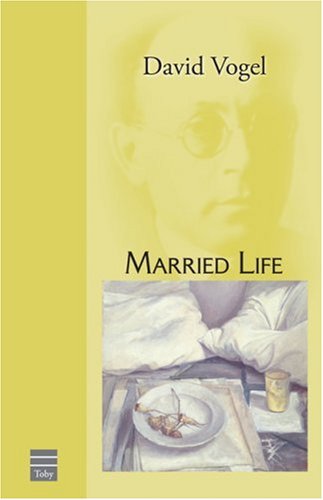Married Life
Vienna of the 1920s is the palpitating backdrop for this tale of an obsessive, destructive marriage between a secular Jewish intellectual and a sadistic baroness.
At first, the thirty-year-old Rudolph Gurdweill, who is being partly supported by a sister in America, cannot believe his luck. Tall, blonde Thea von Takow wants to marry him. But ignoring her distasteful friends and employer, and the “doubts beginning to flicker in the corners of his soul,” the marriage soon becomes a descent into hell.
Thea is vain and abusive to her “rabbit.” She’s unfaithful, neither ending her pre-marital sex with her employer, nor the casual affairs that she flaunts to her coffeehouse associates. She’s dismissive even of the child (Martin) that she bears and Gurdweill cares for. Martin becomes the light of his life and attention, but once the baby dies, Gurdweill’s stability gets precarious. A last hope is offered by the long-suffering Lotte, when she presents the denying, masochistic Gurdweill the picture of his two-year marriage.
First published in Palestine in 1929 and translated with skill and care by Dalya Bilu, poet Vogel’s Married Life stands well on its own as its central abusive relationship unfolds in the atmosphere of smoky coffeehouses, telling details of casual decadence. The novel has also been seen as representing the relationship between Viennese culture and its Jews by a gifted writer who became a victim of the Holocaust.










